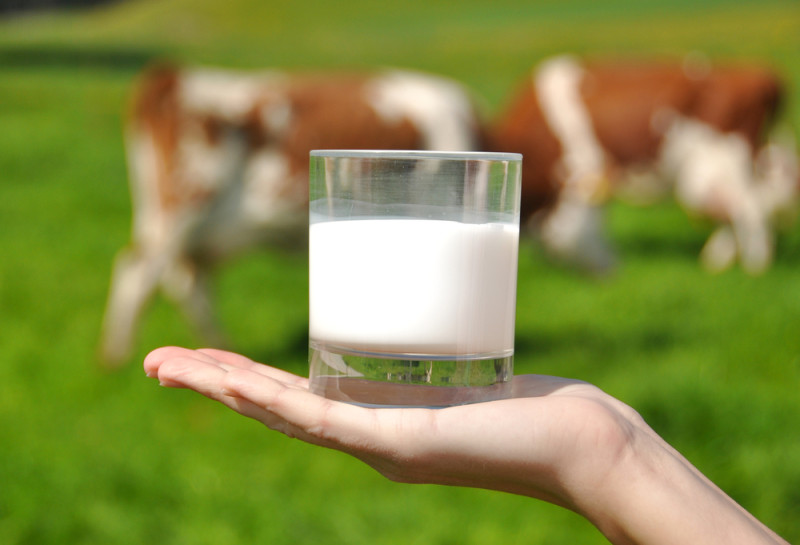Allergy to cow's milk protein mediated IgE. Case presentation
Keywords:
Milk ypersensitivity, Food hypersensitivity.Abstract
Introduction: milk is a complete food, but not essential. Its bad reputation is born as the food that most often produces allergies or intolerances. Cow's milk proteins are among the first antigens with which the child has contact, usually the first non-homologous antigen that the child receives in significant amounts.
Presentation of the case: an 11-month-old infant, white, with a history of family atopy is presented. At 6 days of age, the mother administered an ounce of cow's milk, from which she presented dermatological, ocular, digestive and respiratory manifestations.
Discussion: the disappearance of symptoms due to the suppression of milk from the diet, as well as the determination of elevated serum IgE allowed the diagnosis. Exclusive breastfeeding represents the ideal food for children up to six months of age and is the cardinal element for the prevention of allergy to cow's milk protein. The clinical history is the basis of the diagnosis of the aforementioned condition.
Conclusions: the treatment of choice is the exclusion of milk from the diet. Despite its prevalence in pediatric age, it remains a subdiagnosed disease.
Downloads
References
1. Lapeña López de Armentia S, Naranjo Vivas D. Alergia a proteínas de leche de vaca. Pediatría Integral [Internet]. 2013 [citado 4/4/2019]; 17(8). Disponible en: https://www.pediatriaintegral.es/numeros-anteriores/publicacion-2013-10/alergia-proteinas-de-leche-de-vaca/
2. Pascual Pérez AI, Méndez Sánchez A, Segarra Cantón O, Espin Jaime B, Jiménez Treviño S, Bousoño García C, et al. Manejo de la alergia a proteína de leche de vaca por los gastroenterólogos españoles. An Pediatr (Barc) 2018; 89(4): 222-9.
3. Mehaudy R, Parisi C, Petriz N, Eymann A, Jauregui M, Orsi M. Prevalencia de alergia a la proteína de la leche de vaca en niños en un hospital universitario de comunidad. Arch Argent Pediatr 2018; 116(3): 216-223.
5. Petriz N, Parisi CA, Busaniche JN, Evangelista P, Mehaudy R, Orsi M. Historia natural de la alergia a la leche de vaca mediada por inmunoglobulina E en una población de niños argentinos. Arch. argent. Pediatr 2017; 115(4): 331335.
6. Trujillo Pedroza PM, Ortega Sánchez JR. Alergia a las proteínas de la leche de vaca. Rev Cubana Pediatr 2017; 89(3): 395-401.
7. Cordero C, Prado F, Bravo P. Actualización en manejo de Alergia a la proteína de leche de vaca: fórmulas lácteas disponibles y otros brebajes. Rev Chil Pediatr 2018; 89(3): 310-17.
8. Gobierno Federal. Guía de Práctica Clínica GPC. Manejo de la alergia a la proteína de la leche de vaca. [Internet]. México: Cenetec; 2011. [citado 4/4/2019]. Disponible en: http://www.cenetec.salud.gob.mx/descargas/gpc/CatalogoMaestro/502_GPC_Aletrgia_aleche_de_vaca/GER_AlergiaLecheVaca.pdf
9. Lifschitz C, Szajewska H. Diagnóstico y manejo de la alergia a la leche de vaca. Eur J Pediatr 2015; 174: 141-50.
10. Alvaro M, Muraro A. Inmunoterapia oral en la alergia a alimentos: presente y futuro. Anales de pediatría 2015; 82(4): 213-15.

Downloads
Published
How to Cite
Issue
Section
License
Avisos de derechos de autor propuestos por Creative Commons
1. Política propuesta para revistas que ofrecen acceso abierto
Aquellos autores/as que tengan publicaciones con esta revista, aceptan los términos siguientes:- Los autores/as conservarán sus derechos de autor y garantizarán a la revista el derecho de primera publicación de su obra, el cuál estará simultáneamente sujeto a la Licencia de reconocimiento de Creative Commons que permite a terceros compartir la obra siempre que se indique su autor y su primera publicación esta revista.
- Los autores/as podrán adoptar otros acuerdos de licencia no exclusiva de distribución de la versión de la obra publicada (p. ej.: depositarla en un archivo telemático institucional o publicarla en un volumen monográfico) siempre que se indique la publicación inicial en esta revista.
- Se permite y recomienda a los autores/as difundir su obra a través de Internet (p. ej.: en archivos telemáticos institucionales o en su página web) antes y durante el proceso de envío, lo cual puede producir intercambios interesantes y aumentar las citas de la obra publicada. (Véase El efecto del acceso abierto).






